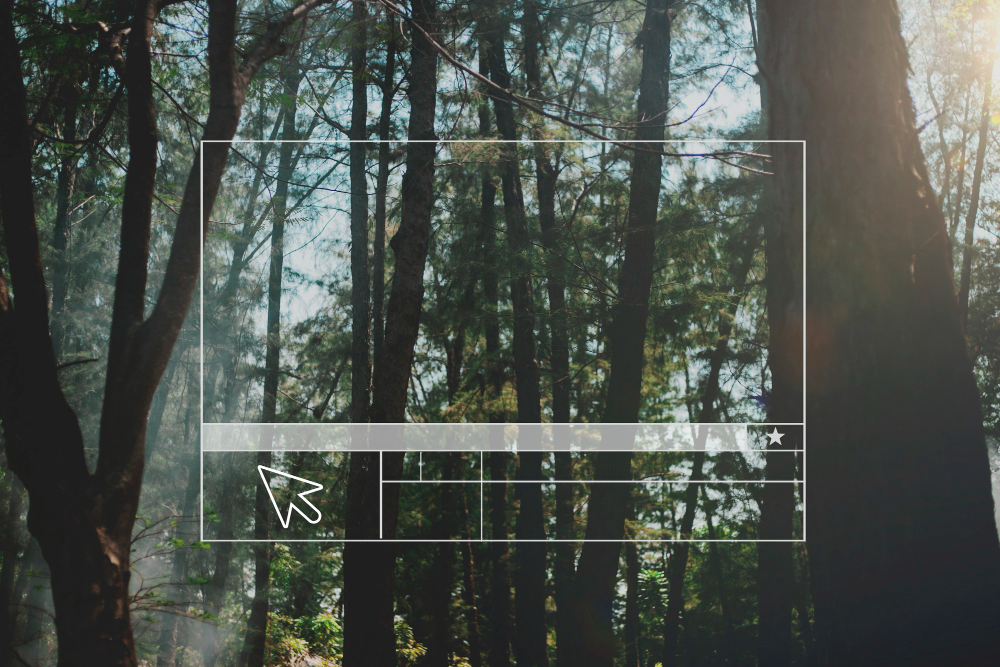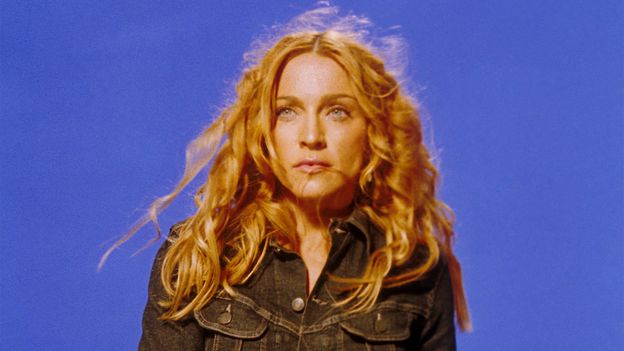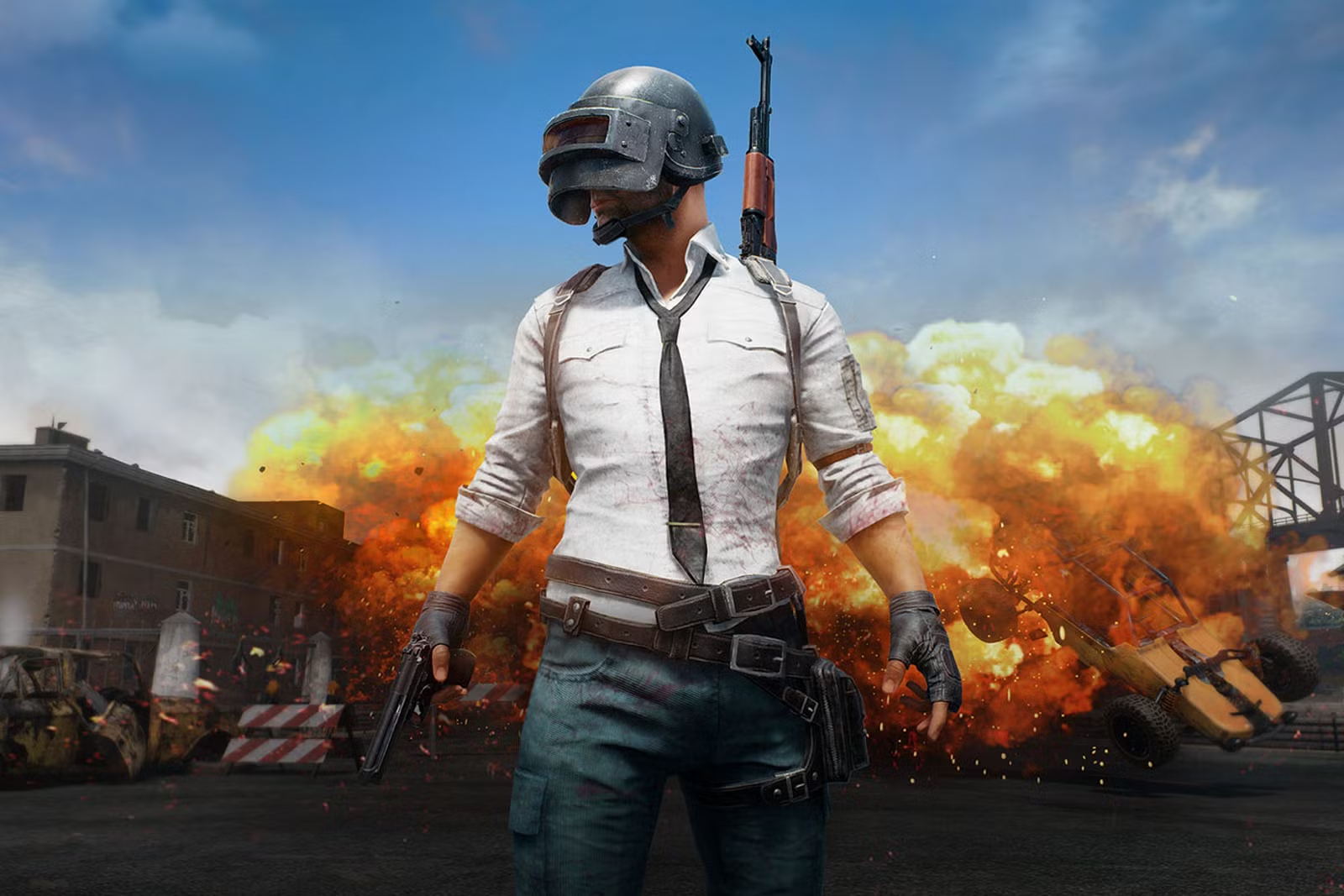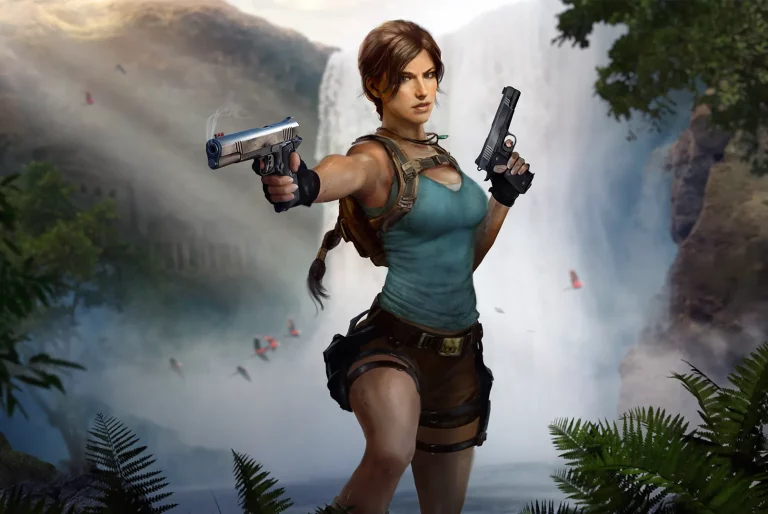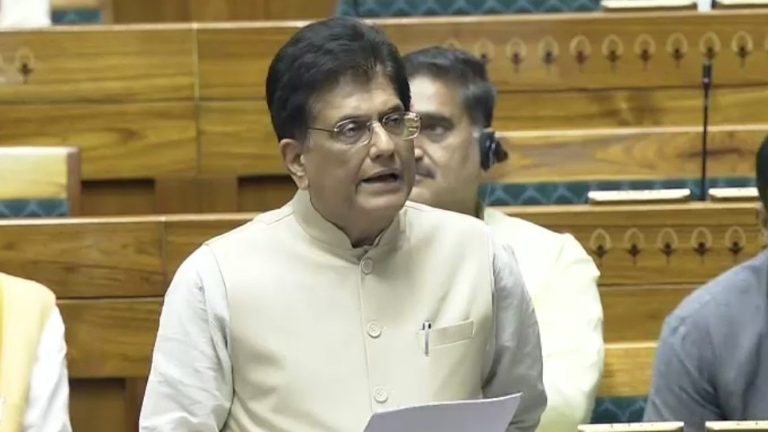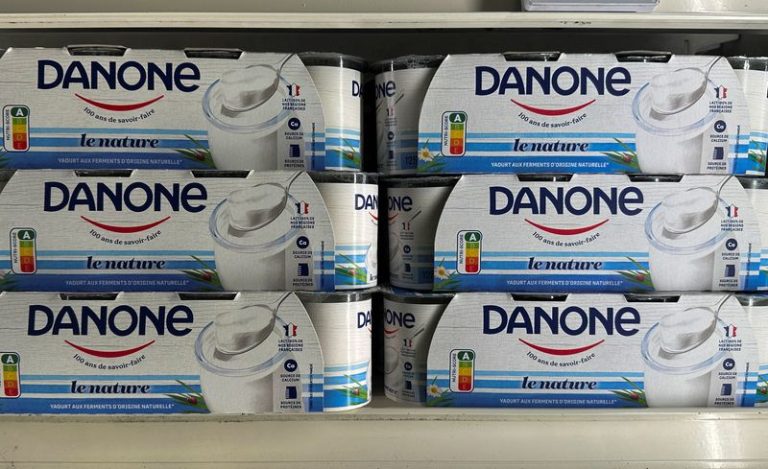You took a sketchy photo of your product on your desk. There’s bad lighting, a cluttered background, and so all. But what if that rough shot could magically become a polished, professional image with just a few AI tweaks?
Welcome to the world of image-to-image AI.
Instead of generating art from scratch like text-to-image tools, image-to-image generators transform what you already have. Think of it as giving your rough draft a glow-up. It involves everything, from enhancing style, changing backgrounds, or even reimagining the entire look.
In this post, we’ll break down what image-to-image AI actually is, how it works, and how content creators can use it to upgrade their visuals in seconds.
Image-to-Image AI Explained
Image-to-image AI is a type of artificial intelligence that transforms one image into another, often enhancing, restyling, or reconstructing it based on a user’s input. Unlike text-to-image generators, which start with a written prompt, image-to-image tools use an existing photo, sketch, or render as a base.
The AI then builds on that image using machine learning models trained on vast visual datasets. The key advantage? You’re not starting from scratch. Whether you’re refining a pencil sketch into digital art or turning a daytime photo into a nighttime scene, image-to-image AI acts like a creative assistant that knows how to evolve visuals in context.
Use Cases of Image-to-Image AI for Creators
Image-to-image is a creative shortcut that helps artists, marketers, and designers get from “idea” to “wow” a lot faster.
Product Photos & Mockups
Running an eCommerce store? You can upload a basic product photo and use image-to-image AI to clean the background, enhance lighting, or even simulate how it would look in different colors, materials, or environments. Perfect for creating polished, on-brand visuals without expensive photoshoots.
Character & Concept Art
Game developers and digital artists often begin with a sketch. With image-to-image AI, that sketch can be transformed into multiple artistic styles, from realistic 3D renders to anime-style versions. It’s a powerful tool for exploring visual ideas, refining characters, or preparing a pitch deck without spending weeks on concept art.
Photography Retouching
Image-to-image AI can instantly correct exposure, fix lighting, or apply stylistic presets like “cinematic,” “noir,” or “vintage film.” It’s especially useful for creators who want to batch-edit photos for a consistent look across social feeds or portfolios without heavy manual editing.
Comics & Illustration
Comic creators and illustrators can feed black-and-white line art into an image-to-image generator and receive a colored, textured version ready for layout. It saves time during production while letting artists keep full creative control over the final look.
Fashion, Decor, or Architecture Previews
Trying to visualize a dress in velvet instead of cotton? Or see how your kitchen would look in a rustic farmhouse style vs. modern minimalism? Image-to-image AI lets fashion designers, interior decorators, and architects apply alternate textures, palettes, or furnishings to an existing scene without rebuilding it from scratch.
Free vs. Paid Tools: What to Expect
When exploring image-to-image AI tools, the choice between free and paid platforms can significantly impact your creative output.
Free Tools
Free AI tools are great for experimenting with prompts and getting a feel for how image transformation works. They typically offer basic style applications and a few customization options. However, they often come with downsides like low resolution, watermarked outputs, slower processing, and restricted commercial usage rights. They’re best for personal use or early-stage mockups.
Paid Tools
Paid image-to-image tools, especially those bundled into creative subscriptions, unlock premium features like higher image quality, full-resolution downloads, batch editing, and advanced style filters. More importantly, they often include commercial licenses, making them ideal for client work, ad campaigns, and branded content. If consistency, polish, and legal peace of mind matter, investing in a paid plan is worth it.
Tips to Get Better Results
Getting amazing results from image-to-image tools isn’t just about clicking “generate” and hoping for the best. A few small tweaks on your end can make a big difference in the final output.
- Use high-resolution input: Start with a clear, sharp image. Blurry or pixelated bases lead to muddy results.
- Stay focused: Keep the subject centered and uncluttered for better transformations.
- Match framing: If you’re creating multiple versions, use consistent angles, lighting, and composition for smoother results.
- Guide with style cues: If your tool supports prompts or references, be specific (e.g., “oil painting,” “comic style,” “neon glow”).
- Experiment with modes: Play with artistic filters like watercolor, anime, or photorealistic to match your creative goal.
The Future of Image-to-Image AI
Image-to-image tools are evolving rapidly, with major upgrades just around the corner. We can expect even more realistic transformations, near-instant generation, and smarter context awareness. Tools may soon support real-time edits using sliders, brushes, or AI-assisted retouching that feels intuitive and fast.
Integration into video editing workflows could enable frame-by-frame visual enhancements or automated scene styling. As AI gets better at understanding visual intent, creators will gain even more control over how their images look and feel. This will make these tools an essential part of workflows in photography, branding, fashion, and 3D concepting.
Wrapping Up
Image-to-image AI is changing how creators transform visuals. It is faster, smarter, and offers far more control. Whether you’re refreshing product shots, coloring line art, or experimenting with new design styles, it streamlines the creative process while boosting quality. Free tools are a fun way to explore.
But for serious results, especially in commercial or client-facing projects, paid platforms give you sharper images, better tools, and peace of mind. As the tech evolves, expect it to become an essential part of every creator’s toolkit. The future of visual design is AI-assisted, and it’s already here.
